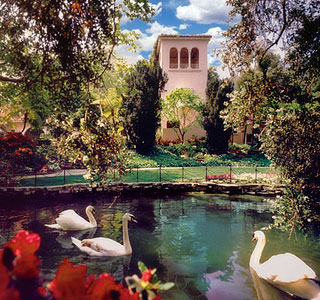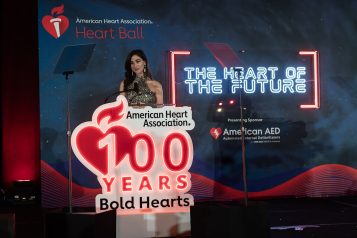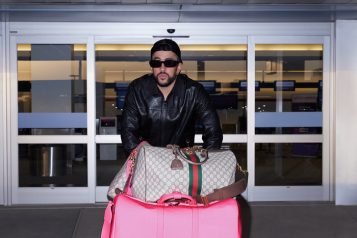In order to be fully prepared for a memorable New Year’s Eve celebration in style, Veuve Clicquot has compiled some helpful hints to ensure everyone’s champagne toasts are as delightful as can, and should, be.
We all like to have the most exclusive and luxurious items, especially when it comes to celebrating big moments in the year such as the upcoming transition into 2010. If you’ve ever wondered what are the distinctive components between a vintage and a non-vintage champagne, there is a fine line that makes a big difference. By law in Champagne, France, you are not allowed to display a year on the label of a bottle unless all of the grapes which make up the champagne have been sourced from one single harvest, in one single year. If they have, then the champagne is vintage. Veuve Clicquot notes that true wine connoisseurs seek vintage champagnes because non-vintage blends are simply not as attractive and never go for more than 10 percent over the regular current price. According to Veuve Clicquot, the best vintages in champagne since the turn of the 20th century include the following years 1998, 1996, 1990, 1989, 1988, 1985, 1979, 1976, 1969, 1969, 1955, 1949, 1947, 1943, 1934, 1929, 1921, 1918, and 1904.
If you think that buying a magnum bottle is purely just for show, think again. Magnums are twice the size of a regular bottle which is optimal for aging wine. If you have a few bottles stored up in your fridge ready for Thursday night, Veuve Clicquot recommends that you store it in the same manner as any regular fine wine. It should be “kept at a cool and continuous temperature, which is ideally 10 to 12 degrees Celsius (50 to 54 degrees Fahrenheit) or at most between 7 to 15 degrees Celsius (45 to 59 degrees Fahrenheit).” In addition, it’s pointed out that storing champagne at a high humidity (over 75 percent) with good ventilation and darkness creates the best conditions.
When the time has arrived and you’re ready to pour the champagne, young non-vintage champagne (with no year on the label) should be poured around 8 degrees Celsius (46 degrees Fahrenheit). Mature wines, such as vintage champagne, should be poured between 12 to 14 degrees Celsius (54 to 57 degrees Fahrenheit).
When deciding on what snacks to prepare to accompany your champagne over New Year’s Eve, it’s noted that champagne goes well with “pasta salads, sea food, oysters, shrimps, light fishes, and antipasti. It also goes well with a cheese course as well as with many deserts.” My personal favorite? Champagne and foie gras.
If you have a few extra bottles left over from the holidays, Veuve Clicquot notes that non-vintage champagne should really be enjoyed upon release, however it may be stored for up to two or three years. Vintage champagne, on the other hand, can age much longer; from 10 to 25 years depending on the style of each vintage.
Cheers!



















